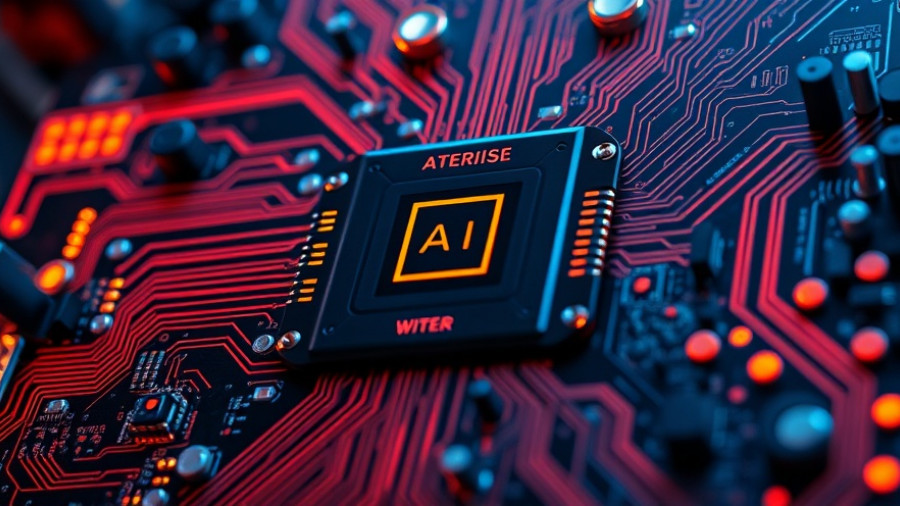
Transforming Drug Discovery with AI: A Revolutionary Approach
In the evolving landscape of drug discovery, artificial intelligence (AI) stands as a beacon of hope, notably in the realm of virtual screening. Virtual screening is a pivotal tool in the toolkit of computational chemists, enabling the rapid testing of millions of compounds against specific protein targets—streamlining the process of drug development significantly. The latest innovation in this domain is highlighted in the paper titled "Machine Learning Guided and Efficient Absolute Free Energy Perturbation Solution for Virtual Screening," authored by researchers including Jordan Crivelli-Decker and Zane Beckwith.
In 'Inside AQFEP: Reinventing Virtual Screening with Machine Learning,' the discussion explores the groundbreaking methods in drug discovery which inspired our analysis of these advancements.
What Makes AQFEP Stand Out?
Current virtual screening methods, particularly those based on relative free energy perturbation (RFEP), are often slow and require a reference ligand, which is not always available, especially for “undruggable targets.” Enter the Absolute Free Energy Perturbation (AFEP) approach. While theoretically precise, AFEP methods are historically slow, taking upwards of a week for accurate results. The innovative AQFEP method bridges this gap, employing active learning to select which ligands to analyze, significantly enhancing the speed of screening—down to an hour or less.
The Power of AI in Life Sciences
This integration of AI within the drug discovery framework not only accelerates the process but also improves the accuracy of identifying viable drug candidates. By using advanced machine learning techniques, researchers have reported impressive results, even when faced with challenging protein targets. The implications of this technology are profound, potentially expediting the discovery of treatments for diseases that have seen little progress.
Encouraging Results and Future Directions
In extensive trials, AQFEP displayed promising hit rates, confirming its capability to identify active compounds efficiently. As noted in their study, employing AQFEP resulted in a primary hit rate of around 2.88%, showcasing its potential in real-world applications. This could help pharmaceutical companies expedite the exploration of new drug candidates, significantly impacting overall community health and wellness.
With ongoing advancements in AI and quantum computing, the landscape of drug discovery is set to transform dramatically. As researchers uncover more about the capabilities of technologies like AQFEP, the potential for groundbreaking therapies grows. If you're interested in the intersection of technology and health sciences, the world of AI-driven solutions in drug discovery offers exciting opportunities to explore.



Write A Comment